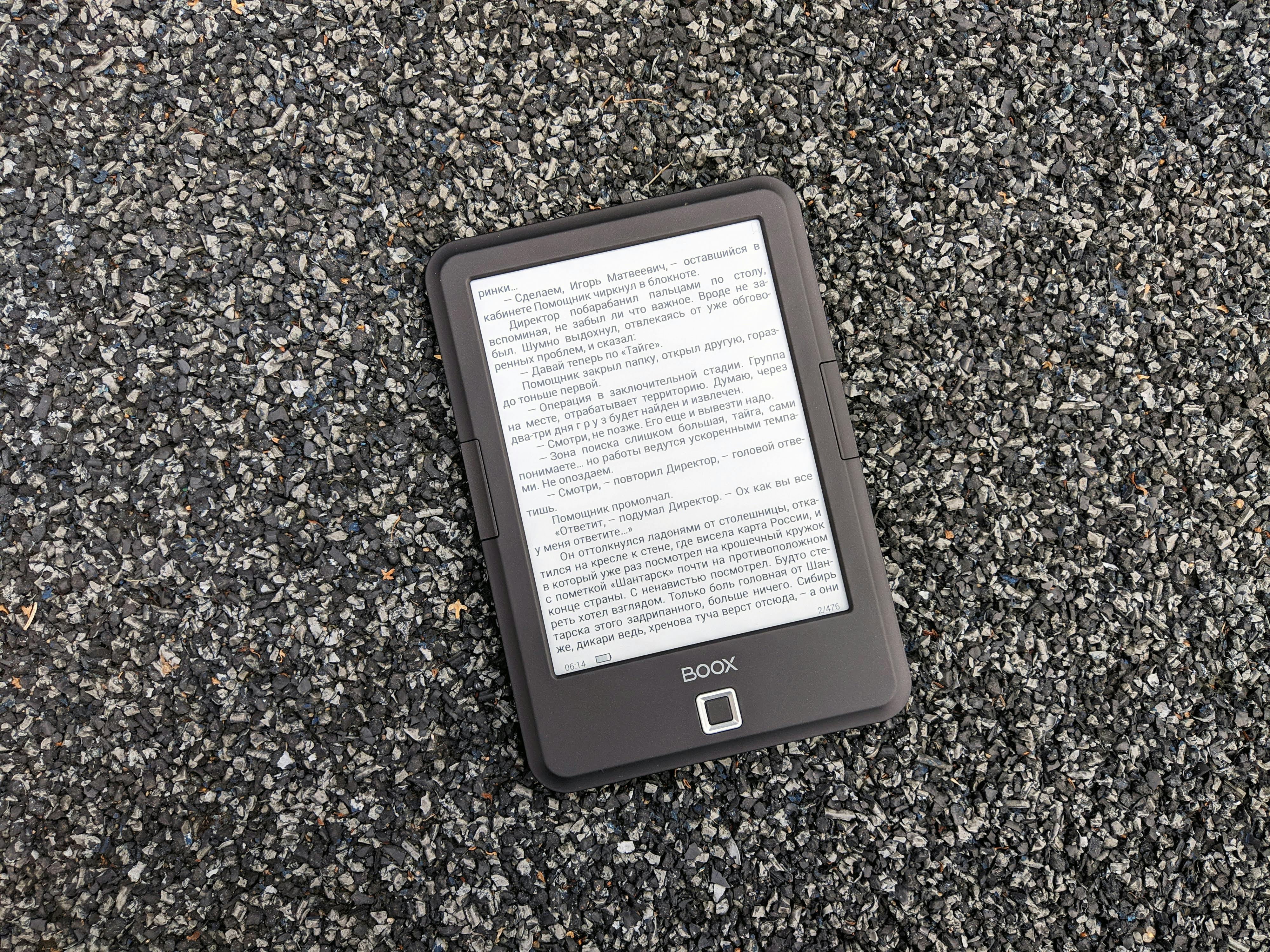"E-ink Tech: Redefining our Screen Experience"
In our ever-evolving digital landscape, technology has come a long way in enhancing the user experience. One such innovation that promises to shake up the way we interact with our devices is "E-ink technology". This cutting-edge development, which mimics the look and feel of real paper, is offering a whole new dimension to our screen experiences.

A Brief History of E-Ink Technology
E-ink technology, or electronic paper display, was initially developed in the late 1990s by the E Ink Corporation. The company’s goal was to create a digital alternative to traditional ink and paper, with the same quality and readability. The first e-ink display was introduced in 2004, but it wasn’t until the release of Amazon’s Kindle in 2007 that the technology truly gained momentum.
The Science Behind E-Ink
At its core, E-ink operates on a simple principle: tiny microcapsules filled with positively charged white particles and negatively charged black particles. When an electrical field is applied, the particles move to the surface, creating an image that can be seen. This process uses far less energy than traditional LCD or LED displays, as it only requires power when the image changes, not when it’s being viewed. This makes E-ink displays perfect for devices like e-readers, which typically display static images for extended periods.
Current Developments and Applications
Today, E-ink technology is pushing beyond e-readers, finding applications in various industries such as retail, transportation, and healthcare. In retail, digital price tags using E-ink displays are becoming increasingly popular, allowing for real-time price updates with minimal energy usage. In transportation, E-ink traffic signs offer better visibility in different lighting conditions, enhancing road safety. In healthcare, E-ink is being used in wearable tech, enhancing battery life and readability.
Furthermore, E-ink Corporation has recently unveiled their latest development: advanced color ePaper, or ACeP. This technology brings full-color capabilities to e-ink, opening even more avenues for its application.
Pricing and Market Impact
While E-ink devices are typically more expensive than their LCD counterparts, the balance shifts when you consider the longevity and energy efficiency that E-ink provides. A one-time investment in an E-ink device could save users in the long run, both in terms of device endurance and reduced power bills.
The market impact of E-ink technology is significant. The global E-ink display market is projected to grow at a CAGR of 8.1% between 2021 and 2026, reaching a value of USD 1.3 billion by the end of this period.
Wrapping Up: The Future of E-Ink
As we move towards a more sustainable and energy-efficient future, E-ink technology presents a promising alternative to traditional display methods. Its low power consumption and high readability make it a viable option in an array of applications, from consumer electronics to industrial signage. With advancements like ACeP bringing color to the E-ink world, the possibilities are endless.
While E-ink may not replace LCD or LED displays anytime soon, it certainly offers a unique screen experience that’s worth watching. Whether it’s on an e-reader or a digital price tag, E-ink is redefining our interaction with screens, one pixel at a time.





